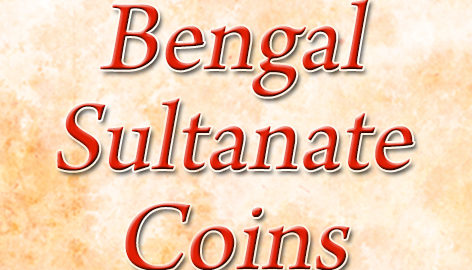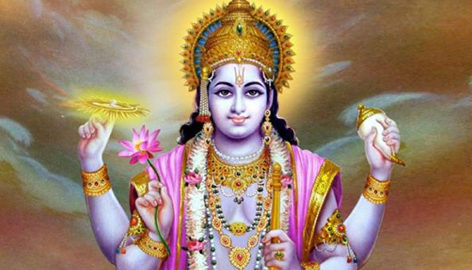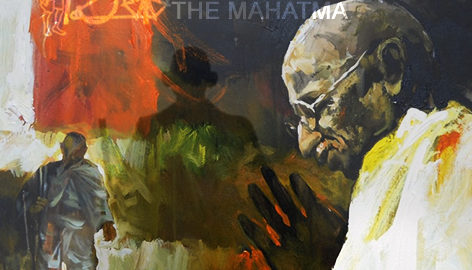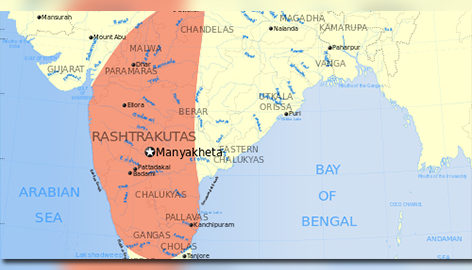

The word ‘Sultan’ is derived from the Arabic abstract noun which means strength, authority, and power. During the medieval period, this word came into the use with the title of rulers who claimed full sovereignty, or it also refers to the powerful governor of a province within the caliphate. The word ‘Sultanate’ refers to the dynasty and the land ruled by the sultan. India had been a place ruled by many sultanates like Delhi, Bengal, Malwa, Jaunpur, Kashmir, Ahmednagar, Madhura, Gujarat etc; all these ruled India and issued their own coins. Today we will discuss about the coins of Bengal Sultanate. The coins issued by the Bengal Sultanate were lasted for almost 350 years, when it was replaced by rupee. The coins of Bengal Sultanate are unique among all the coinages issued in the Indian subcontinent.
Continue reading Coins of Bengal Sultanate Part 1
The Mintage World Team comprises of experts, researchers and writers from the field of Philately, Notaphily and Numismatics who try to shed light on some of the most interesting aspects of coins, banknotes and stamps from not just India but across the globe as well.

Hindus worship a lot of Gods and Goddess. But the most fundamental of Hindu deities are the Trinity- Brahma (The Creator), Vishnu (The Preserver or Sustainer) and Mahesh (The Destroyer). The peace-loving deity of the Hindu Trinity, Vishnu, represents the steadfast principles of order, righteousness, and truth. He is said to descend in form of an avatar to restore cosmic order.
Continue reading Incarnations of Lord Vishnu on stamps – Part I
The Mintage World Team comprises of experts, researchers and writers from the field of Philately, Notaphily and Numismatics who try to shed light on some of the most interesting aspects of coins, banknotes and stamps from not just India but across the globe as well.

On 7th June 1893, a young practicing lawyer was thrown off a train in South Africa for refusing to comply with the travel rules of ‘racial segregation’. The same person later became the reason for awe for the British. He is known by many names in India. Ravindranath Tagore called him Mahatma! Some call him Bapu. Some call him Gandhiji or just Gandhi. It doesn’t matter what you call him! He has a special place in the heart of every Indian. Continue reading Celebrating 150th Birth Anniversary of Mahatma Gandhi with Coins
The Mintage World Team comprises of experts, researchers and writers from the field of Philately, Notaphily and Numismatics who try to shed light on some of the most interesting aspects of coins, banknotes and stamps from not just India but across the globe as well.

Many scholars and historians mark 600 BCE at the end of the ancient era and the start of the medieval period. This era also witnesses the rise of feudalism in India, which paves the way for the self-sufficient villages, national and international trade. It was also the period when many strong and famous dynasties rose to power and the Rashtrakuta was one such power. The origin of Rashtrakuta is traced to 600 CE, they established their stronghold in Continue reading Rashtrakuta Coinage
The Mintage World Team comprises of experts, researchers and writers from the field of Philately, Notaphily and Numismatics who try to shed light on some of the most interesting aspects of coins, banknotes and stamps from not just India but across the globe as well.